The 12 Biggest 'Little' Mysteries of Fall — Solved!
Fall Mysteries Solved
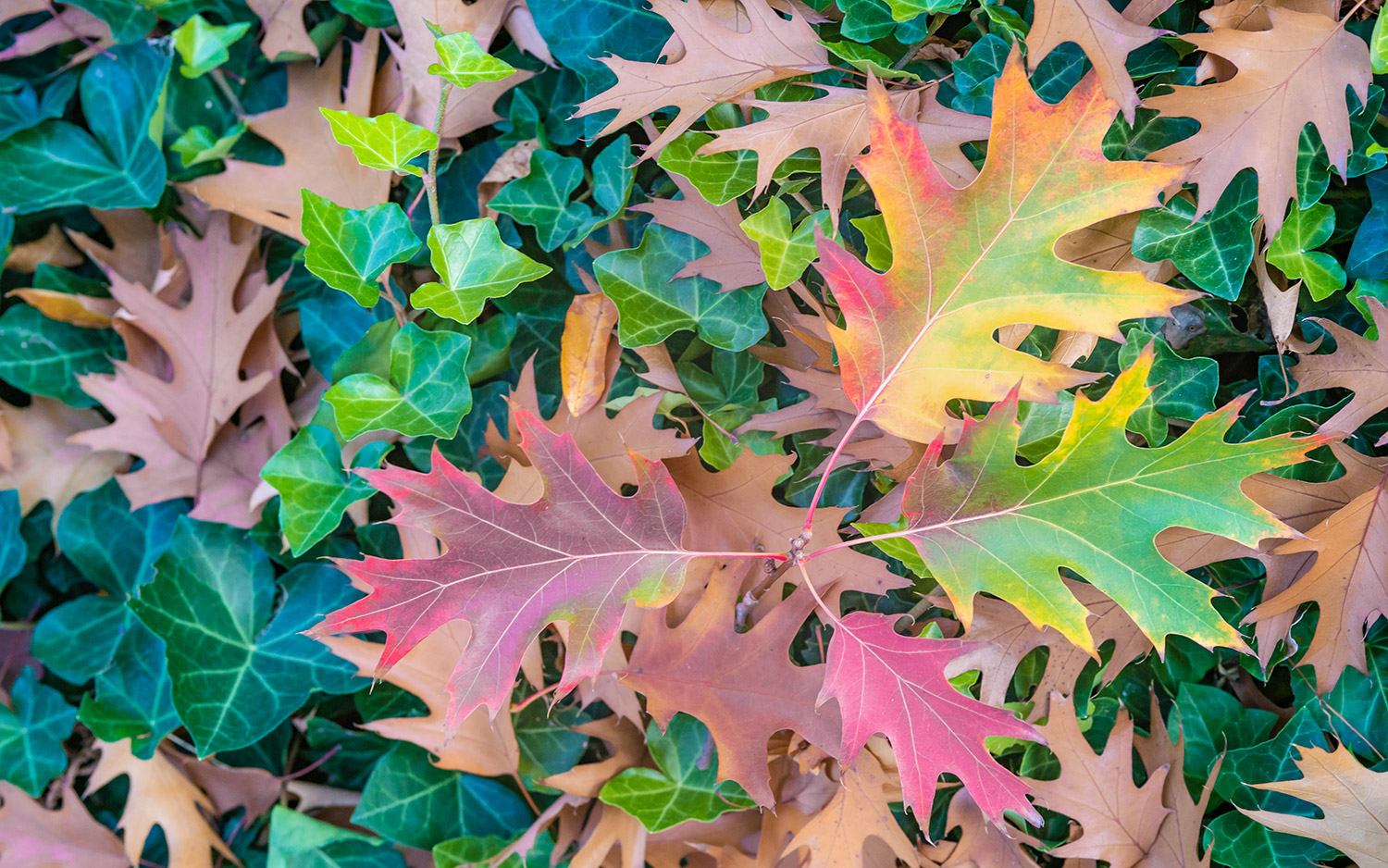
'Tis the season of colorful leaves, mulled cider and — dare we say it? — pumpkin spice. Fall spans from the autumn equinox, when the sun is directly over the equator and the length of day and night are equal, to the winter solstice, when the sun is at its most northerly and the Northern Hemisphere's day is at its shortest.
There's more to fall than cable-knit sweaters and harvest feasts, though. Plenty of curious questions come with the season. Read on for the most intriguing "Life's Little Mysteries" that we've gathered over years of watching the season come and go.
Why does fall have two names?
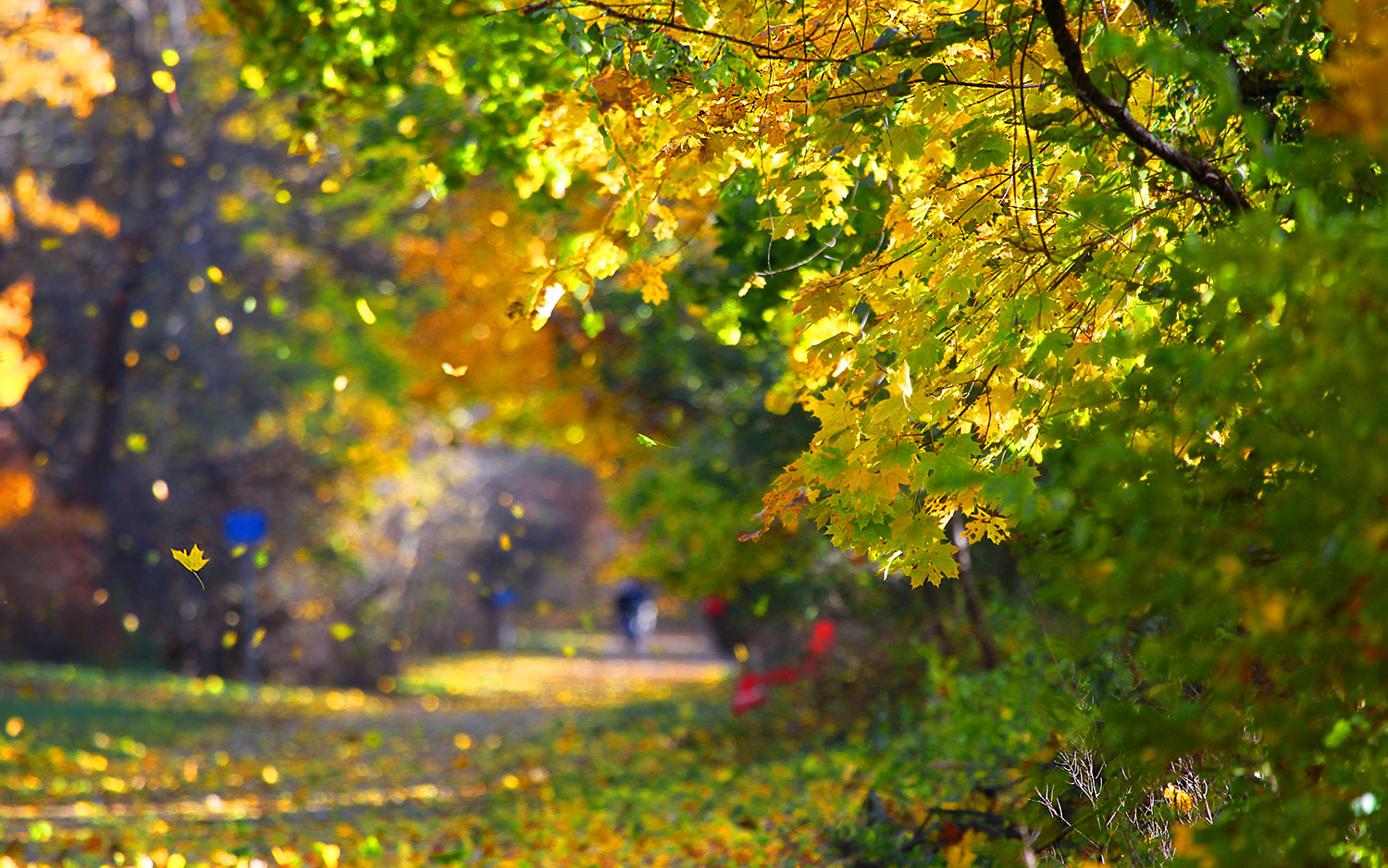
Summer is summer, spring is spring, but fall is … autumn? It's likely that the reason the harvest season has two names is that fall was the last season to really get a name in English. Before the late 14th century, fall was known as "harvest" in English. Then, the Latin "autumn" appeared. It wasn't until the 17th century that people began using "fall." Coincidentally, this wasn't long before the colonization of North America by English speakers. "Autumn" remained the primary term in Britain, while Americans tended to adopt "fall."
Why is your nose running so much?
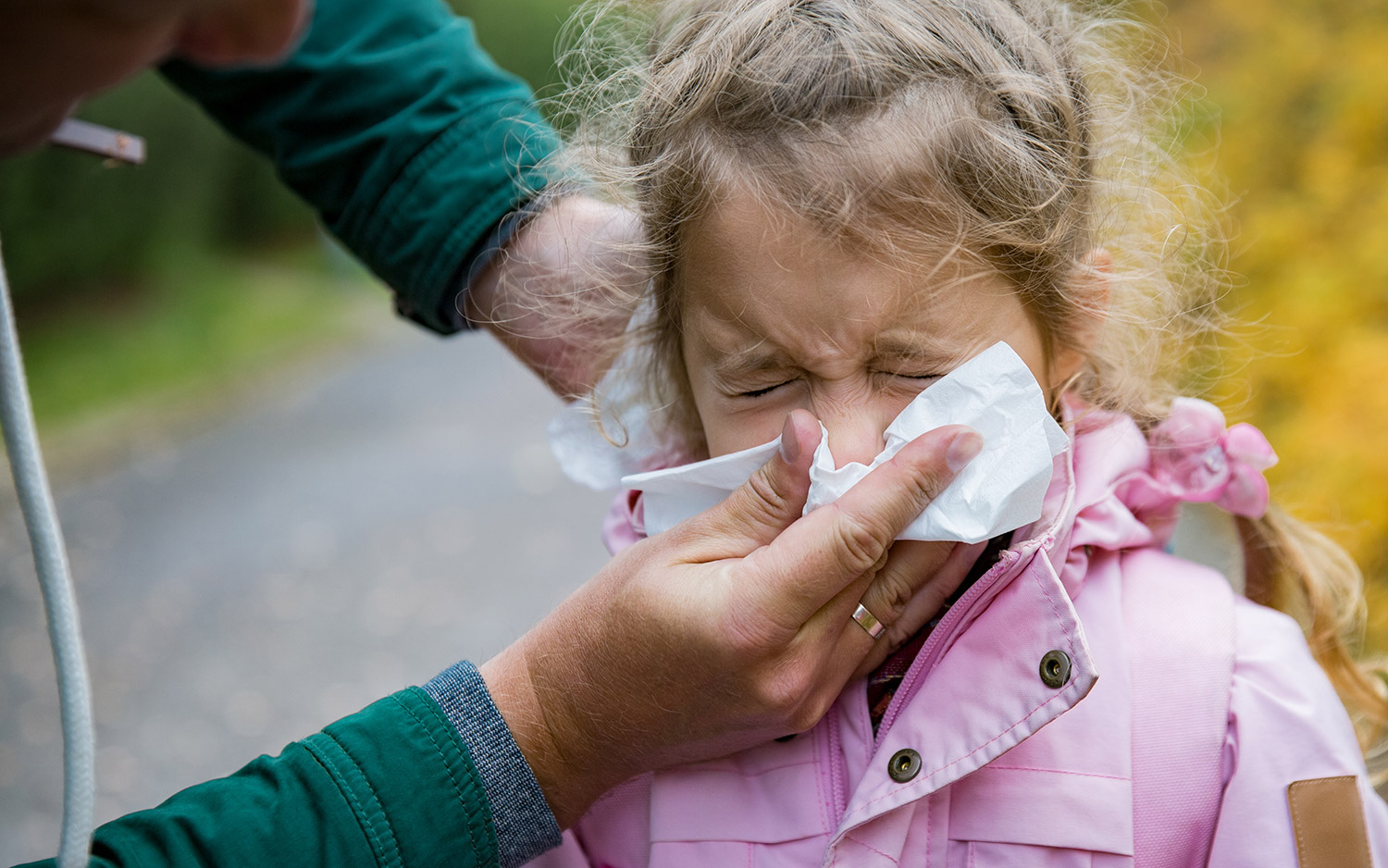
Fall ushers in the start of flu season, but that's not the only reason the season might be hard on the airways. According to the National Institutes of Health, autumn can be a prime time for seasonal allergies. Pollen counts may fall, but mold counts in the air rise as rotting leaves and dying vegetation decompose. Dry indoor air can exacerbate sniffly symptoms by irritating the lining of the nose, according to Dr. Jay M. Portnoy, chief of allergy, asthma and immunology at Children's Mercy in Kansas City, Missouri.
Why do the leaves change color?

For a few brief weeks in fall, the world is a riot of color (at least if you live where deciduous trees are common). Leaves change color in the fall because, in response to shortening daylight hours, trees stop producing chlorophyll. Without the overwhelming green of chlorophyll to drown them out, other pigments become visible. Carotenoids make yellows and oranges, while reds are due to pigments called anthocyanins. These may help shield the tree's cells from harmful UV rays or otherwise help protect trees from the stress of cooler temperatures.
Why do I have to turn my clock back?
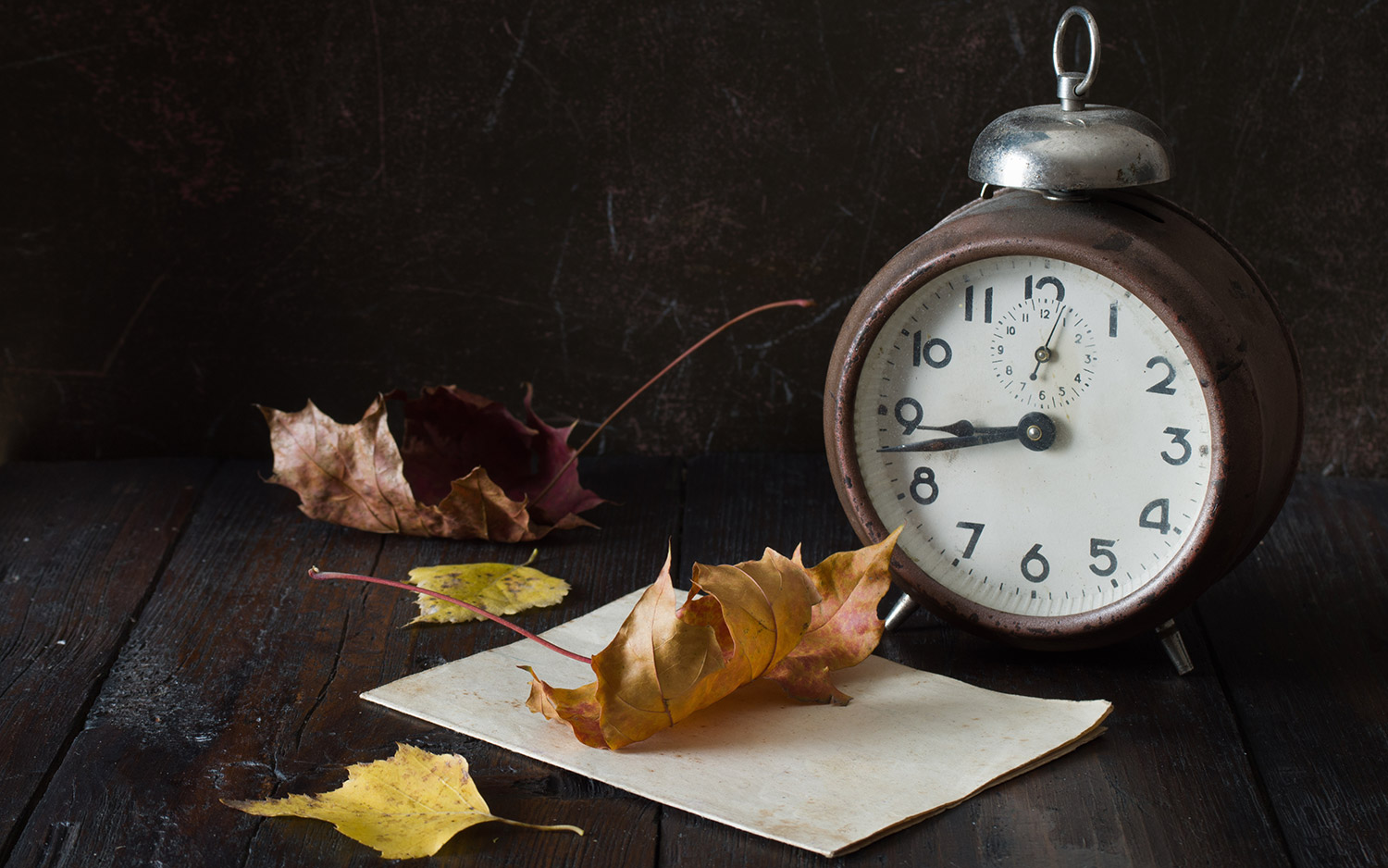
Blame the British. Daylight saving time was first adopted by the British Parliament in 1916, after a proposal in 1907 by a builder named William Willet, who got his inspiration, in part, from a satirical pamphlet published by Ben Franklin in 1784. Willet wanted to change the clocks by 20-minute increments over the course of a month in spring and fall. When Parliament finally did decide to adopt the time change, it was as a wartime effort to keep people's activities aligned with maximum daylight to save coal. The U.S. adopted the measure from 1918 to 1919, kicking the time-change decision to the states afterward. This created a patchwork of confusing time zones until the Uniform Time Act of 1966 created more-consistent rules.
Why does the rain smell so good?
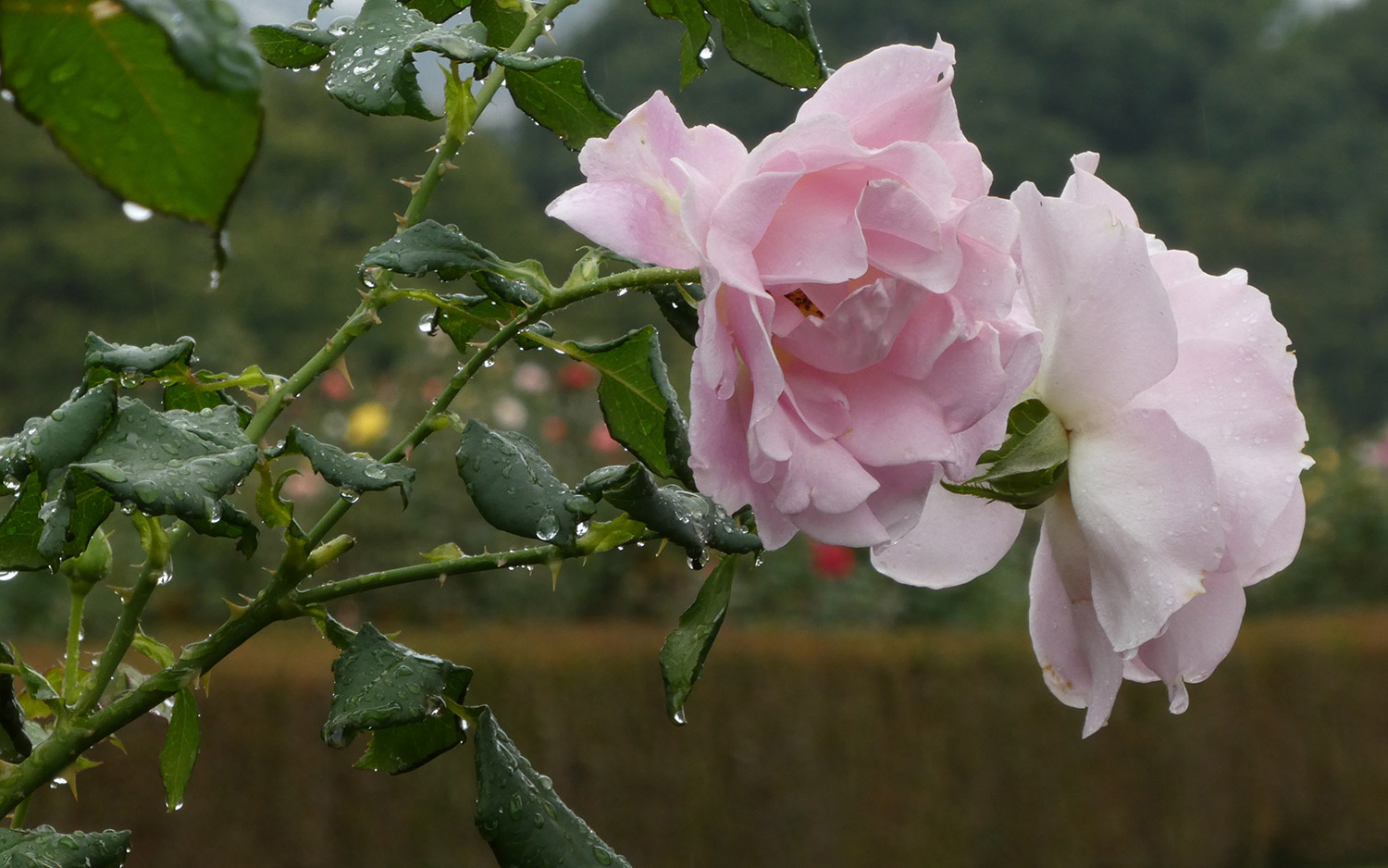
Before it gets cold enough for white, fluffy flakes, autumn may bring sweet-smelling rains. Why does fresh rain smell so good?
One reason is "petrichor," a fragrance that arises from water hitting soil-dwelling bacteria and plant oils after a dry spell. Another might be ozone, which can form during lightning storms and which smells a bit like chlorine.
Why is it so gloomy out?
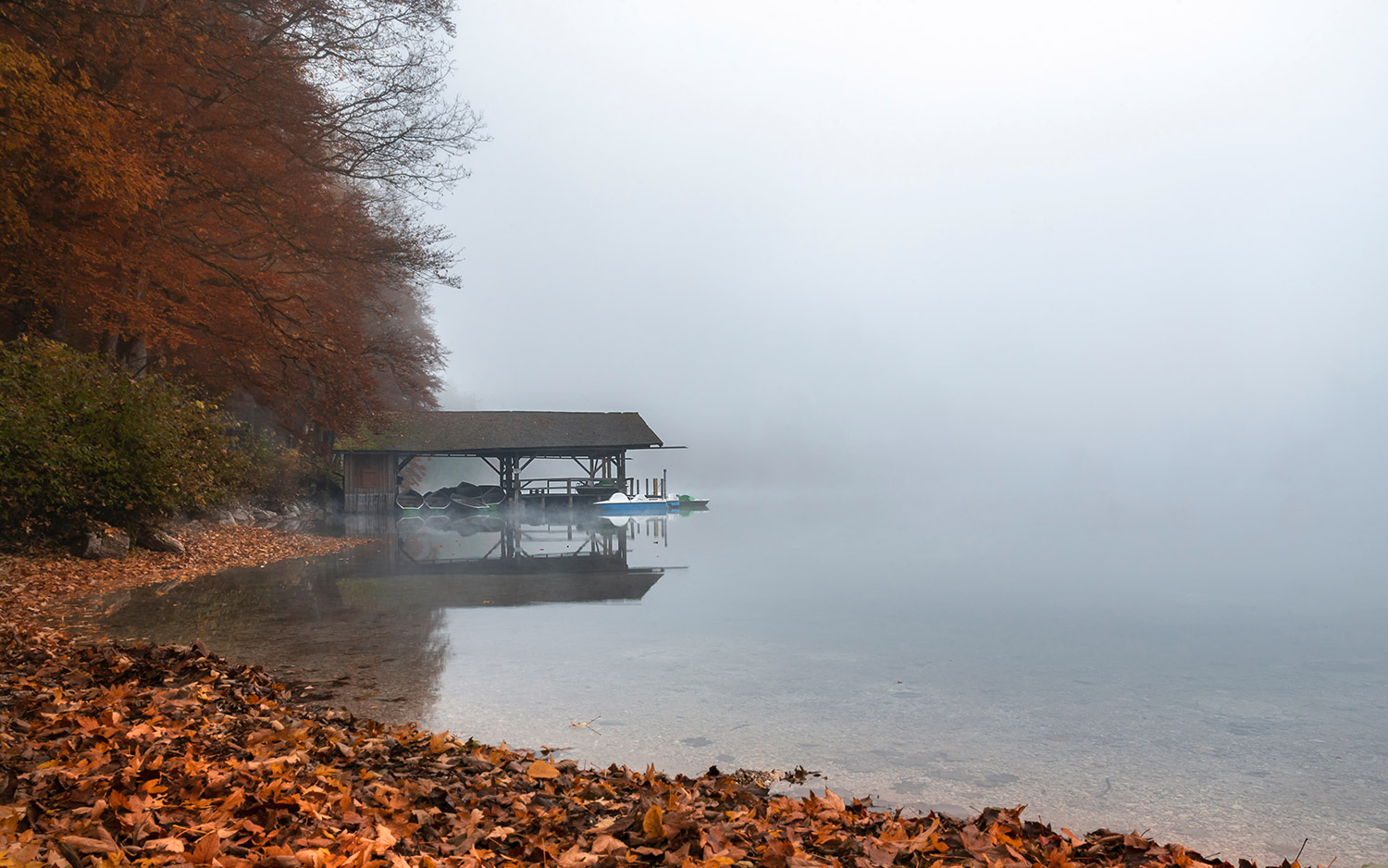
Fall's moody weather may bring dark clouds, heavy with rain. But why are rain clouds so dark, anyway?
The reason is that rain clouds tend to be a lot thicker than the puffy, harmless clouds that are unlikely to spawn showers. The larger the droplets of water in a cloud, the better they are at absorbing sunlight. Tiny, misty droplets in a fluffy, white cloud scatter light from across the spectrum — giving those clouds their white hue. Bigger droplets in heavier clouds also scatter light, but they do it so well that by the time the sunlight reaches the bottom of the cloud, there isn't much left for the eye to catch. As a result, the base of a thick rain cloud looks dark and ominous.
Why does fall look different in Europe?
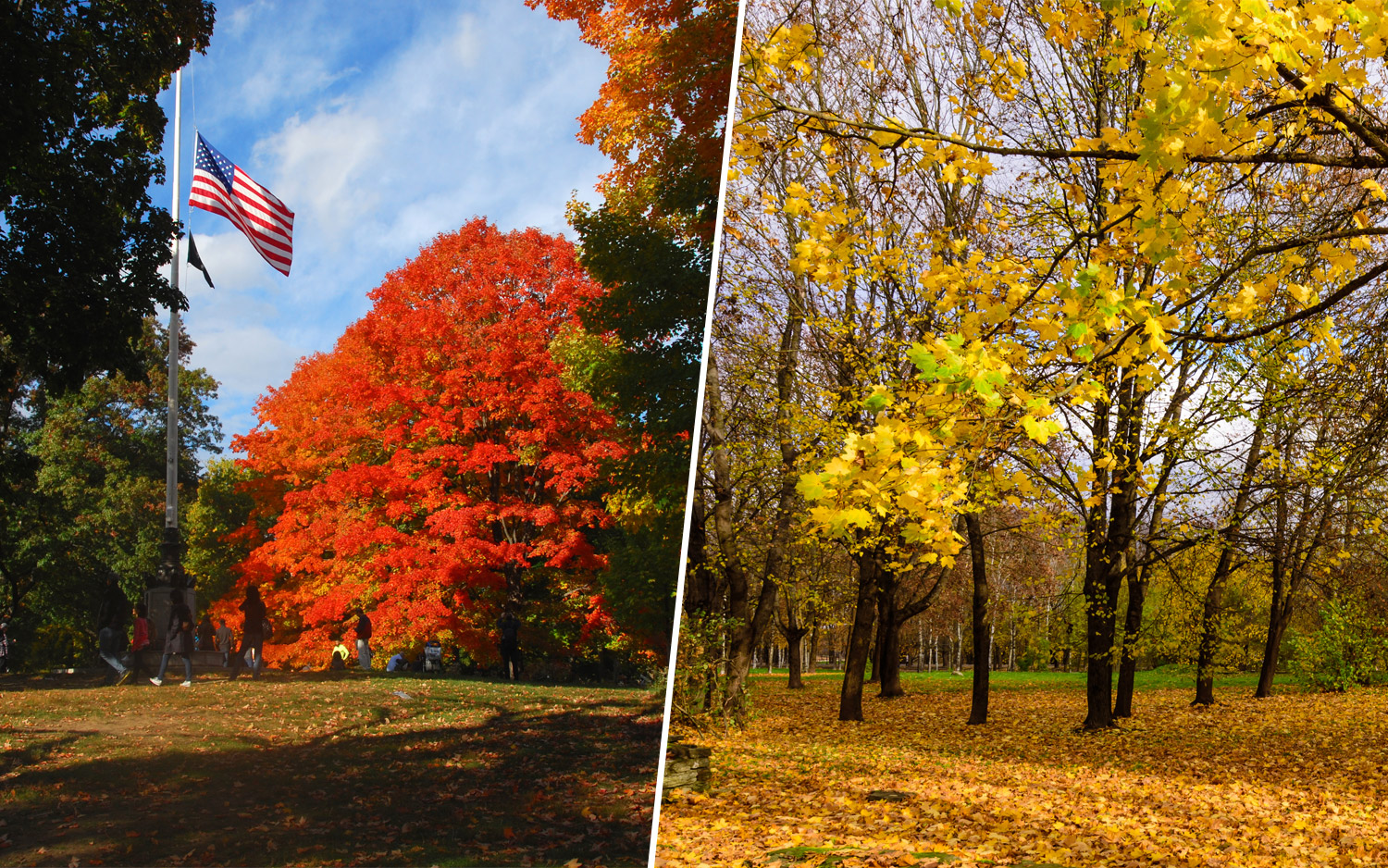
Fall colors in North America and eastern Asia are often punctuated by fiery bursts of red. But in Europe, yellows dominate and red is rare. Why? It likely has to do with the evolution of deciduous trees over the past 35 million years, scientists say. Mountain chains running north to south dominate North America and eastern Asia. As ice ages and warm periods cycled over the last 35 million years, trees were able to march north and south along valleys and ridges to find the ecological niches that suited them. So were their insect pests. This likely resulted in an evolutionary arms race that led to the evolution of protective red pigments called anthocyanins.
In Europe, mountain chains have a more east-west orientation (think of the Alps). These high peaks kept trees and insects quarantined. If it got too cold for them, they simply died. The pressure to develop anthocyanins simply wasn't as strong, so few species evolved vermillion hues.
What's going on with my Siberian hamster's testicles?
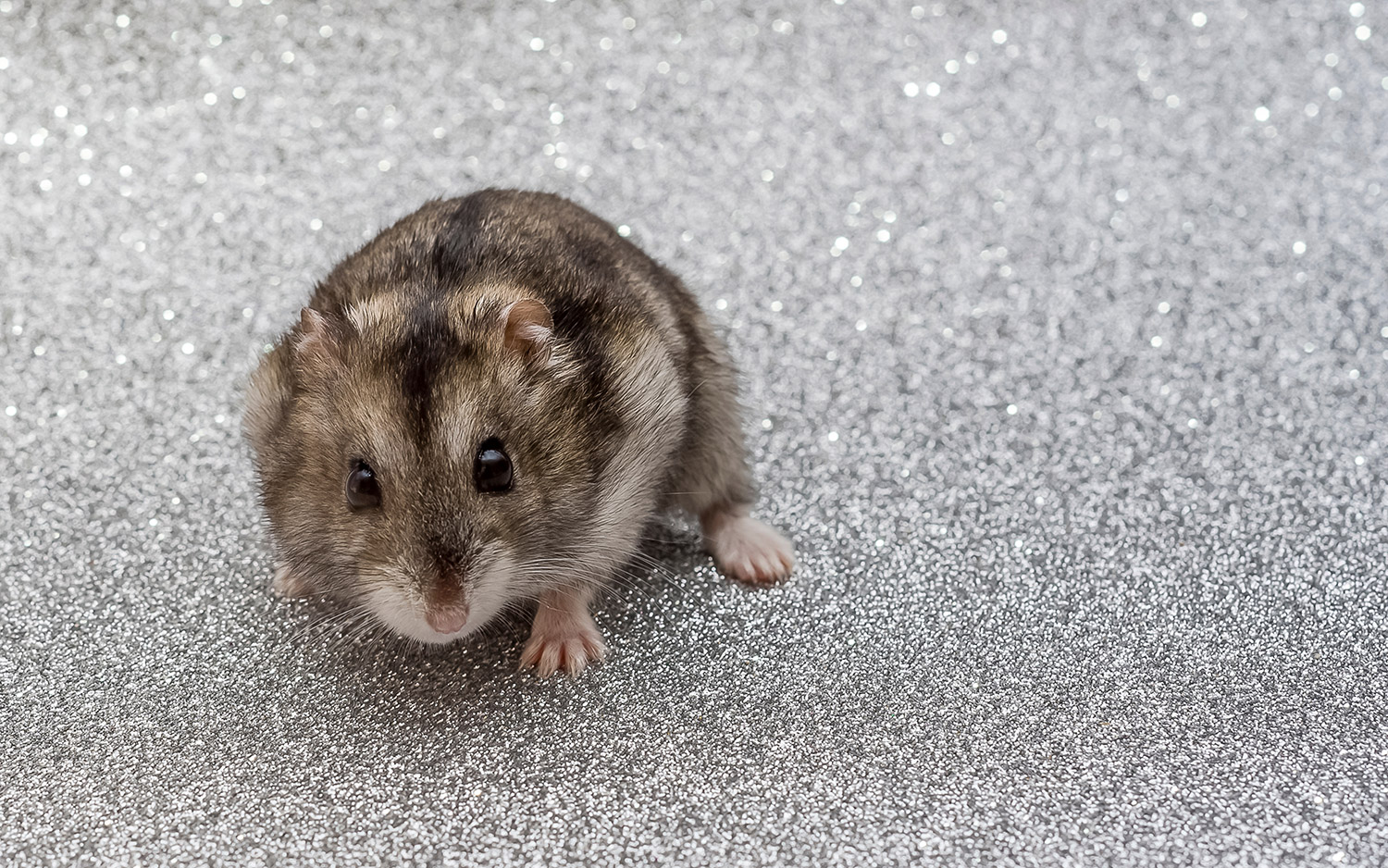
OK, this might not fall under the category of "frequently asked question" for fall or otherwise. Still, the shrinking testes of the male Siberian hamster are one of the odder seasonal cycles that autumn brings. These high-altitude rodents have a very brief mating season in the summer. Their testes swell up to 17 times larger during the longest days of the year compared to the shortest, a seasonal change that is controlled by the hormone kisspeptin. So as the days shorten this fall, spare a thought for the Siberian hamster.
What's the difference between light and dark turkey meat?
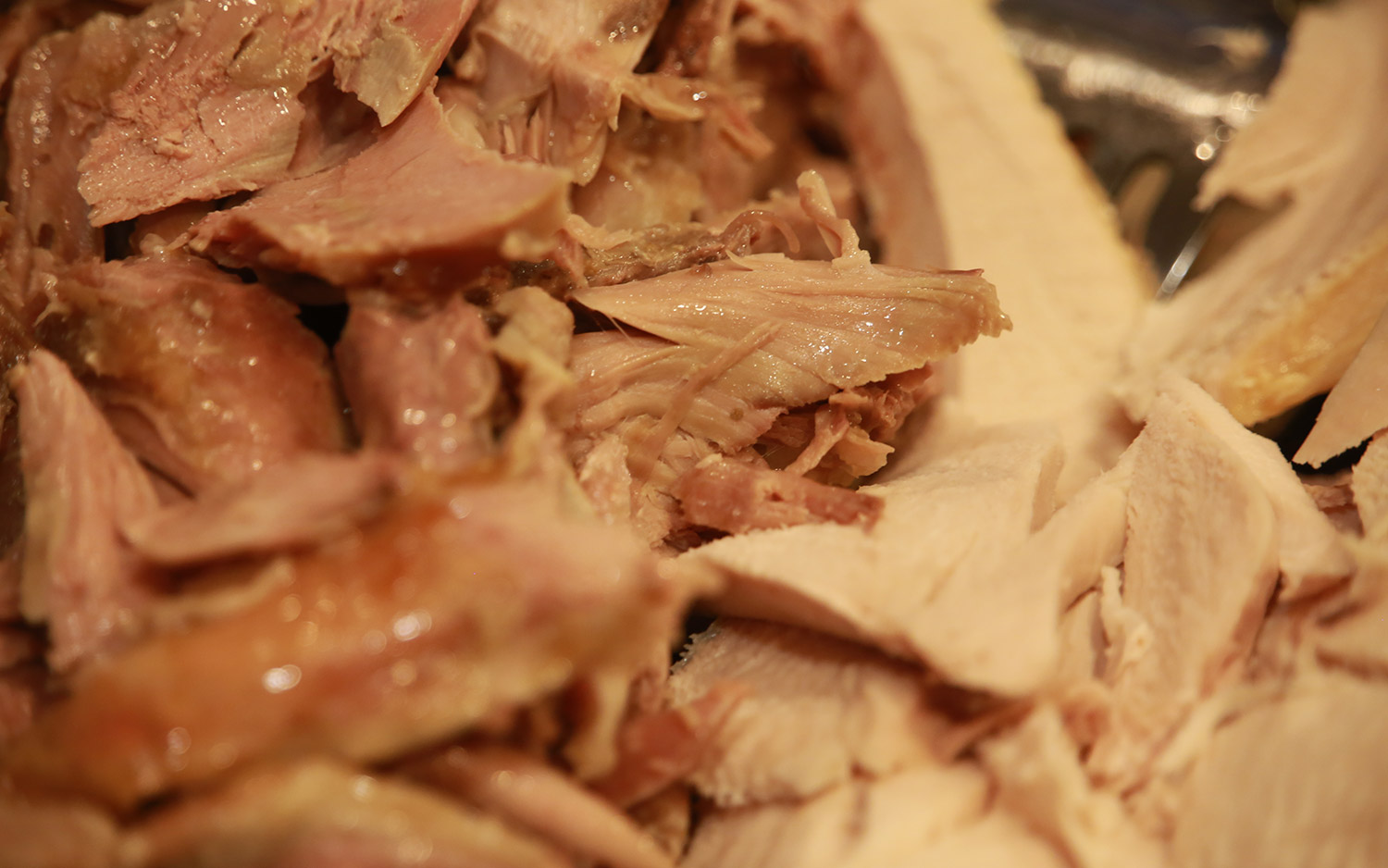
White meat or dark? If you've ever wondered why you're asked to ponder this question as grandpa carves the turkey, the answer is a protein called myoglobin.
Myoglobin is to muscle as hemoglobin is to blood. It's a dark-colored protein that binds to oxygen. Myoglobin hangs on to oxygen in frequently used muscle tissue so that those muscles always have a supply of energy. In domestic turkeys, the most commonly used muscles are in the legs — thus, dark-meat thighs and drumsticks.
Is my Thanksgiving travel going to irradiate me?
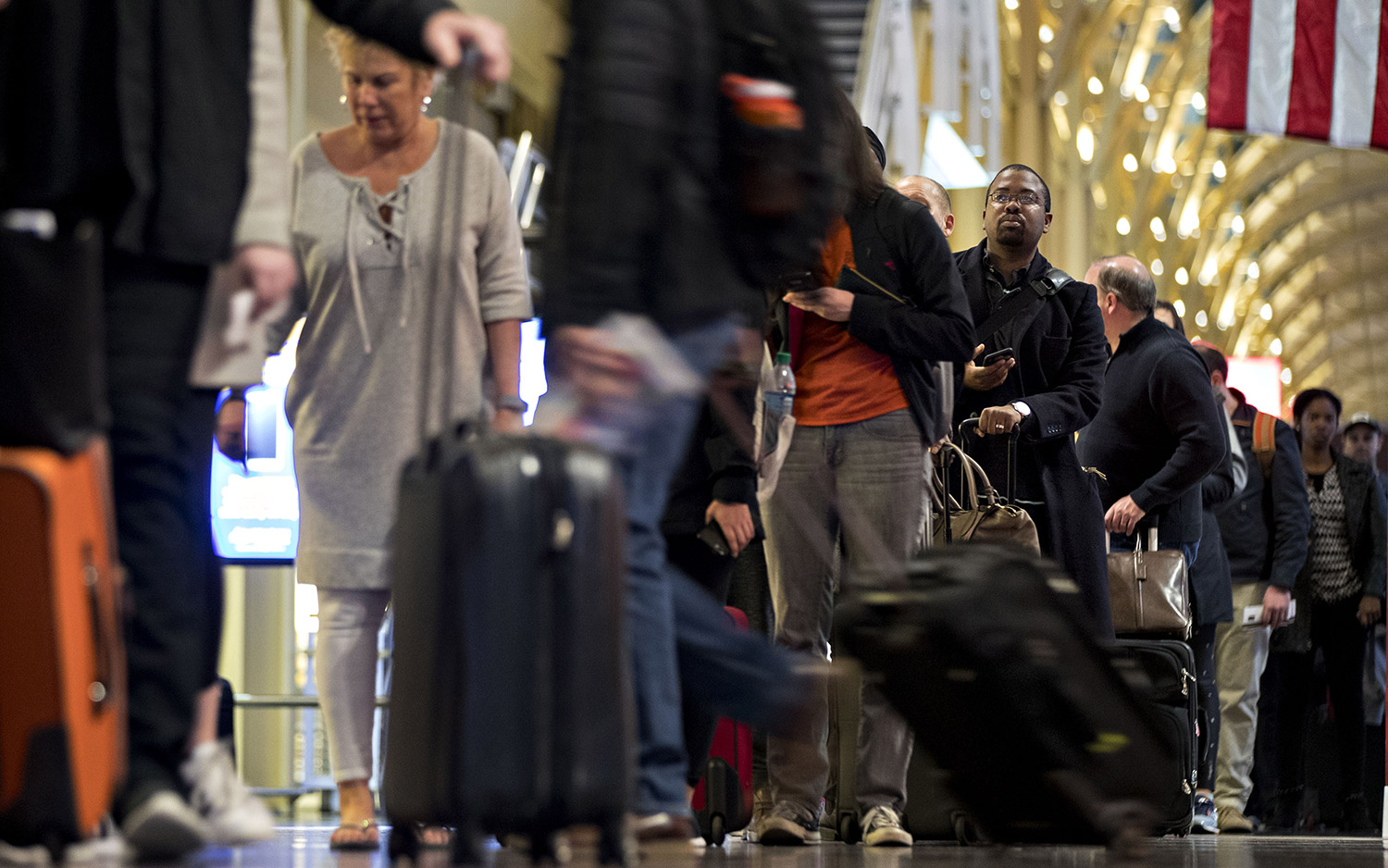
We make no guarantees about the health effects of yet another 2-hour flight delay, but a cross-country trip to grandma's house is pretty low-risk, radiation-wise.
Flying puts the human body at a much higher altitude than it's used to. Up above the clouds, there is less atmosphere than on the ground, so high-radiation cosmic rays are more common. Luckily, a New York-to-Los Angeles flight exposes a person to only between 2 and 5 millirems of radiation, half of the 10 millirems received in a chest X-ray. The annual "normal" radiation dose from background radiation is about 620 millirems a year, according to the U.S. Nuclear Regulatory Commission, so a cross-country flight doesn't move the needle significantly.
Sign up for the Live Science daily newsletter now
Get the world’s most fascinating discoveries delivered straight to your inbox.

Stephanie Pappas is a contributing writer for Live Science, covering topics ranging from geoscience to archaeology to the human brain and behavior. She was previously a senior writer for Live Science but is now a freelancer based in Denver, Colorado, and regularly contributes to Scientific American and The Monitor, the monthly magazine of the American Psychological Association. Stephanie received a bachelor's degree in psychology from the University of South Carolina and a graduate certificate in science communication from the University of California, Santa Cruz.










